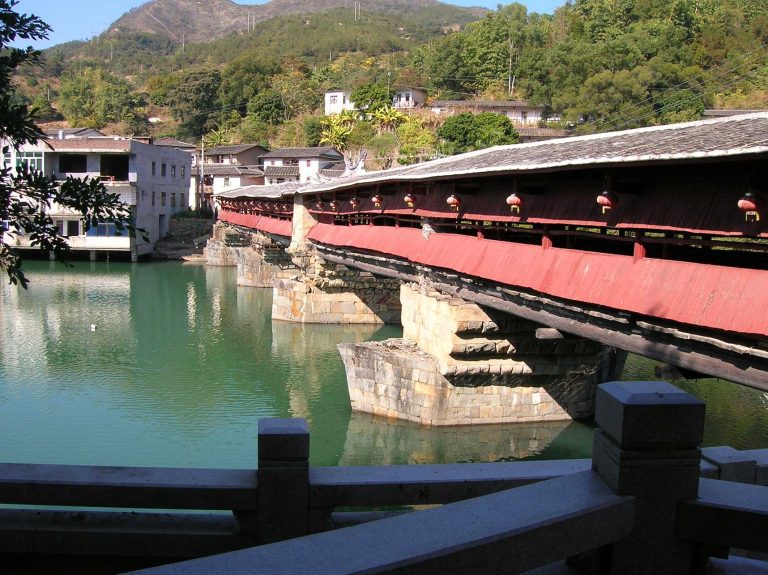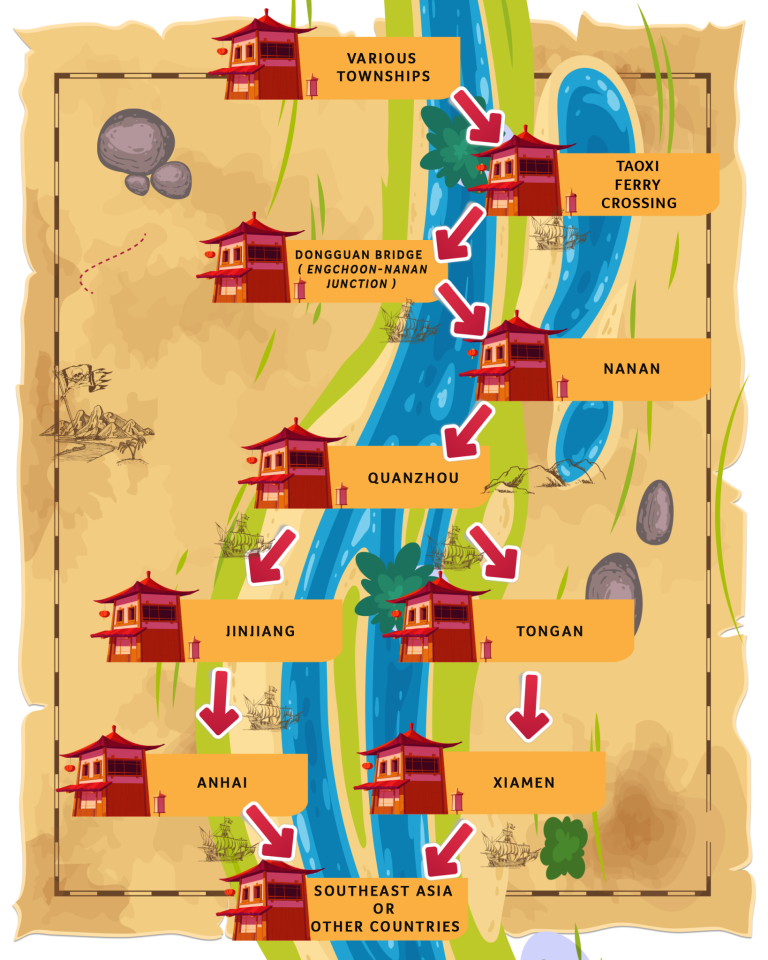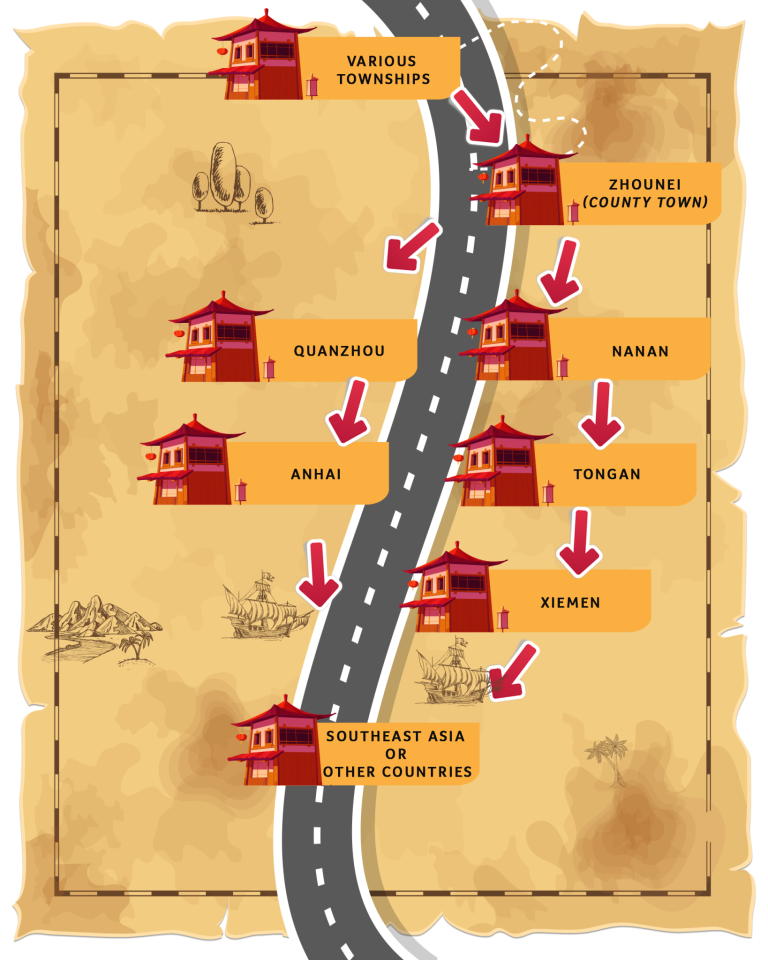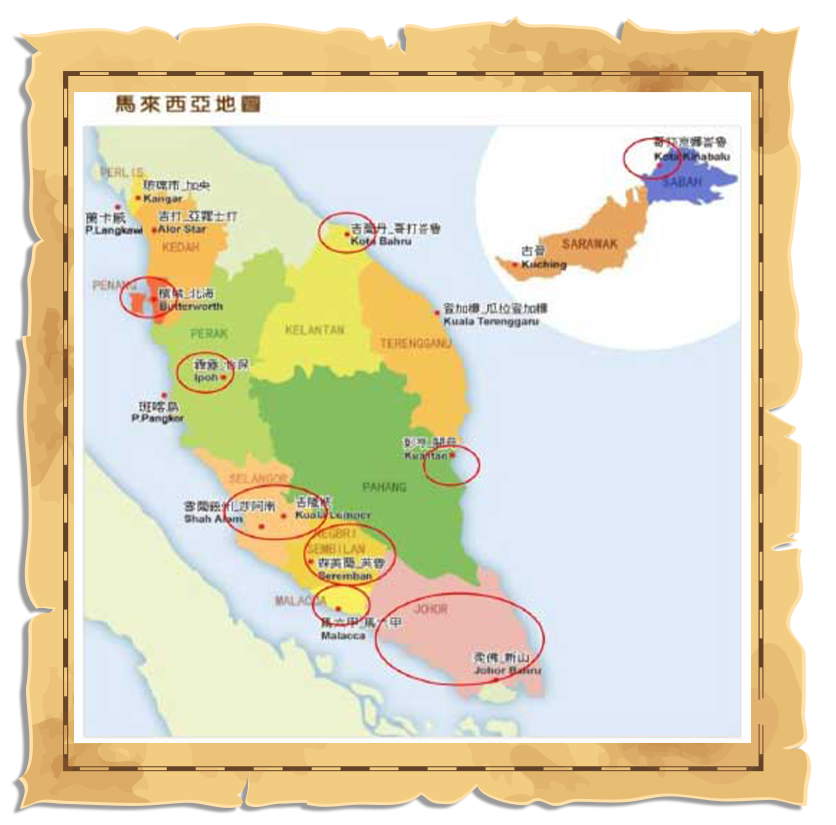The Engchoon Kuala Lumpur History Gallery





The motives for emigration overseas by people from Engchoon during the period of the Republic of China
An analysis of the historical background and
reasons for the emigration of people
from Engchoon to oversea
The rural areas of Engchoon have always been typical of rural society. During times of peace, the region could meet the local population’s food needs. Therefore, before the Opium Wars, there were no large-scale migrations from the Engchoon area, and clan organizations remained intact until the Republic of China era. After the Opium Wars, China was defeated by foreign powers and had to pay substantial reparations, further burdening the farmers. With local government officials colluding with large landlords, the primary tax burden was shifted onto the farmers. After the establishment of the Republic of China, the national economy deteriorated, and societal disturbances were caused by various military factions, leading to a decline in public order. During the Chinese Civil War, the Kuomintang (KMT) forcefully conscripted able-bodied men. Following the victory in the War of Resistance Against Japan, the KMT’s continued conscription and grain requisitioning were other reasons for the subsequent wave of emigration during the Republic of China period. To ensure their safety, many people chose to seek opportunities abroad. Southeast Asia became the primary destination for Engchoon emigrants due to its proximity, familiarity with sea routes, and the connections established by sea transportation merchants in Southeast Asia after the Opium Wars.
Between 1911 and 1949, banditry, warlord conflicts, and rampant local bandits constantly oppressed the common people, directly impacting their lives. In the Minnan region, major bandits often referred to themselves as “militias,” using their military strength to carve out territories and forcing local governments to recognize their status. The Kuomintang (KMT) government, preoccupied with dealing to the warlord factions, was unable to control the collusion of local governments with the militias or bandits to oppress the common people. Some bandits were even appointed by the government as major security commanders. Once stationed in Engchoon, they acted as soldiers by day and bandits by night. The military in some areas turns into bandits as soon as after they took off their military uniforms.
When the KMT forces arrived in Fujian, some bandits were incorporated into the national army. These national or militia forces, once in power, imposed numerous taxes. During the Republic of China period, there were as many as forty-four different taxes levied in the Engchoon area. In addition to routine taxes, various aspects of daily life, including burning incense, raising pigs, marriages, and coffins, were taxed. The unchecked actions of bandits made life unbearable for the people of the Minnan region, among them, Chen Guohui brought the highest impact to the local society.
Earthen buildings in rural Eanchoon for preventing bandit invasions
Source: Provided by TEE BENG LEE
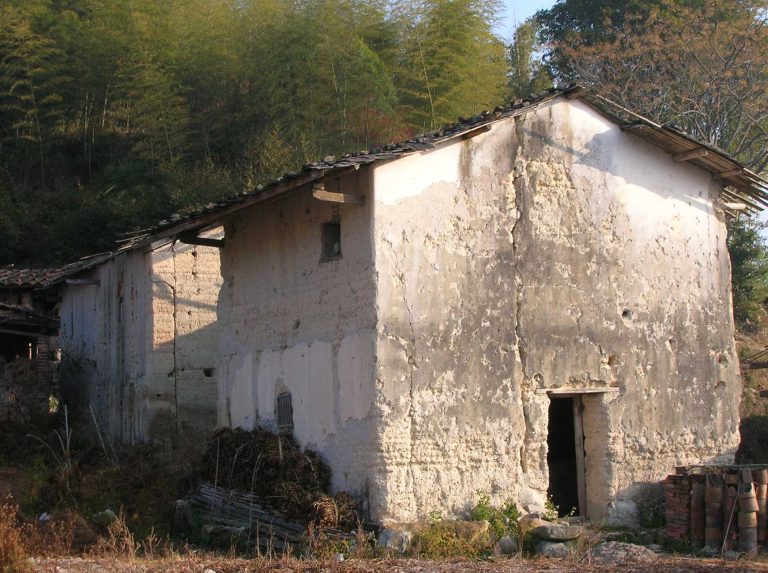
The routes of
Engchoon people’s emigration overseas
By Water Route
Picture 2: Dongguan bridge – A must-pass point for Engchoo to Quanzhou via water route
Source: Provided by TEE BENG LEE
By Land
The distribution of
Engchoon people overseas
After the Opium War, the main reasons for the people of the southern region of China to migrate overseas were to seek survival and development. At the same time, the Qing government changed its policy of isolation and opened up the “maritime prohibition,” which was also an important condition for the large-scale emigration of people from Fujian and Guangdong. However, more importantly, Western colonizers and Western countries needed a large number of cheap labor for their new ventures overseas, and the relaxation of entry conditions for Chinese people was an external factor that sparked the immigration wave in the Fujian and Guangdong regions.
The Engchoon Association in Malacca was established in 1800, and the existence of seven graves from the 18th to the 19th century on San Bao Shan (Three Treasures Hill) indicates that the people of Engchoon had established a community network in Malacca before the Opium War.
After the Opium War, conditions for emigrating overseas became even more favorable, leading to a sustained large-scale migration wave that lasted until the founding of the People’s Republic of China in 1949. Over about a century, many people traveled between their overseas homes and their ancestral homeland, but a significant number chose to settle abroad, with populations distributed across all five continents.
According to statistics from the Engchoon County Government of China in 2006, there are as many as 1.2 million people of Engchoon origin outside of China, mainly descendants of those who migrated from their ancestral homeland to overseas destinations, the vast majority of whom have become citizens of their host countries. Among them, there are over 700,000 in Malaysia, exceeding the current population of Engchoon County. In total, the number of people of Engchoon origin in China and overseas reaches 1.7482 million.
Main Areas of Distribution of Engchoon People
Distribution of Engchoon People in Malaysia


